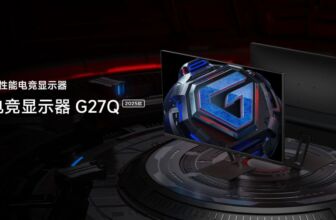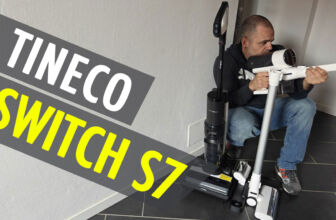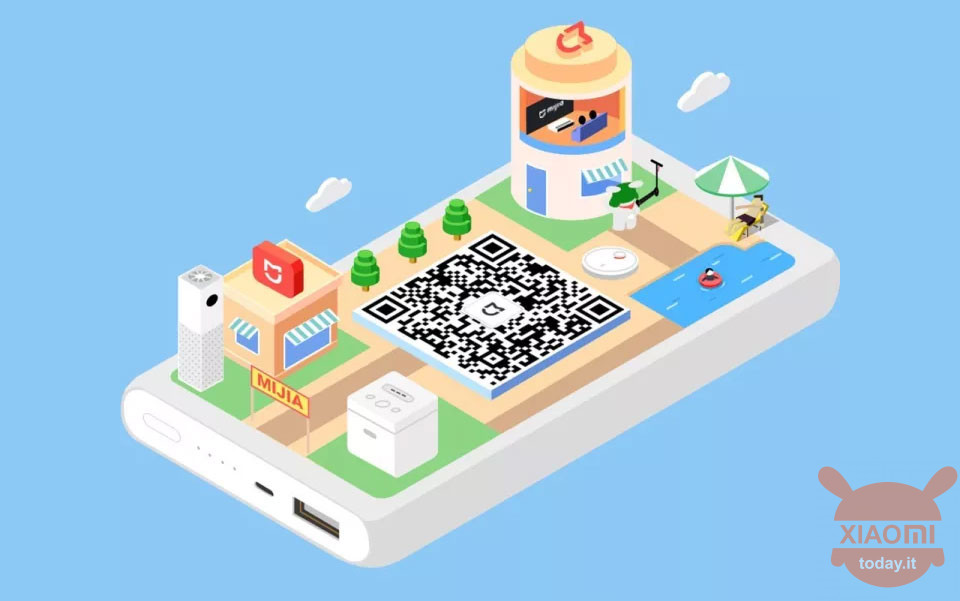
Xiaomi has its roots in the smartphone market in 2010 with MIUI, a software product for devices equipped with the Android operating system. It took only 7 years and specifically in 2017 to achieve global recognition as a leading smartphone manufacturer reaching a turnover of 15 billion dollars. Today Xiaomi is the largest Internet of Things (IoT) company in the world and at the end of 2020 it had revenues in excess of 37 billion dollars.
How did Xiaomi manage to achieve such extraordinary growth? Research revealed that Xiaomi's approach to collaboration was the key factor behind its rapid growth. Since its inception, the company has focused on building mutually beneficial relationships with both consumers and partners. This new and in-depth collaboration-based strategy, which we call “strategic coalescence,” has given it a sustainable competitive advantage and shaped every significant move it has made, resulting in its spectacular growth.
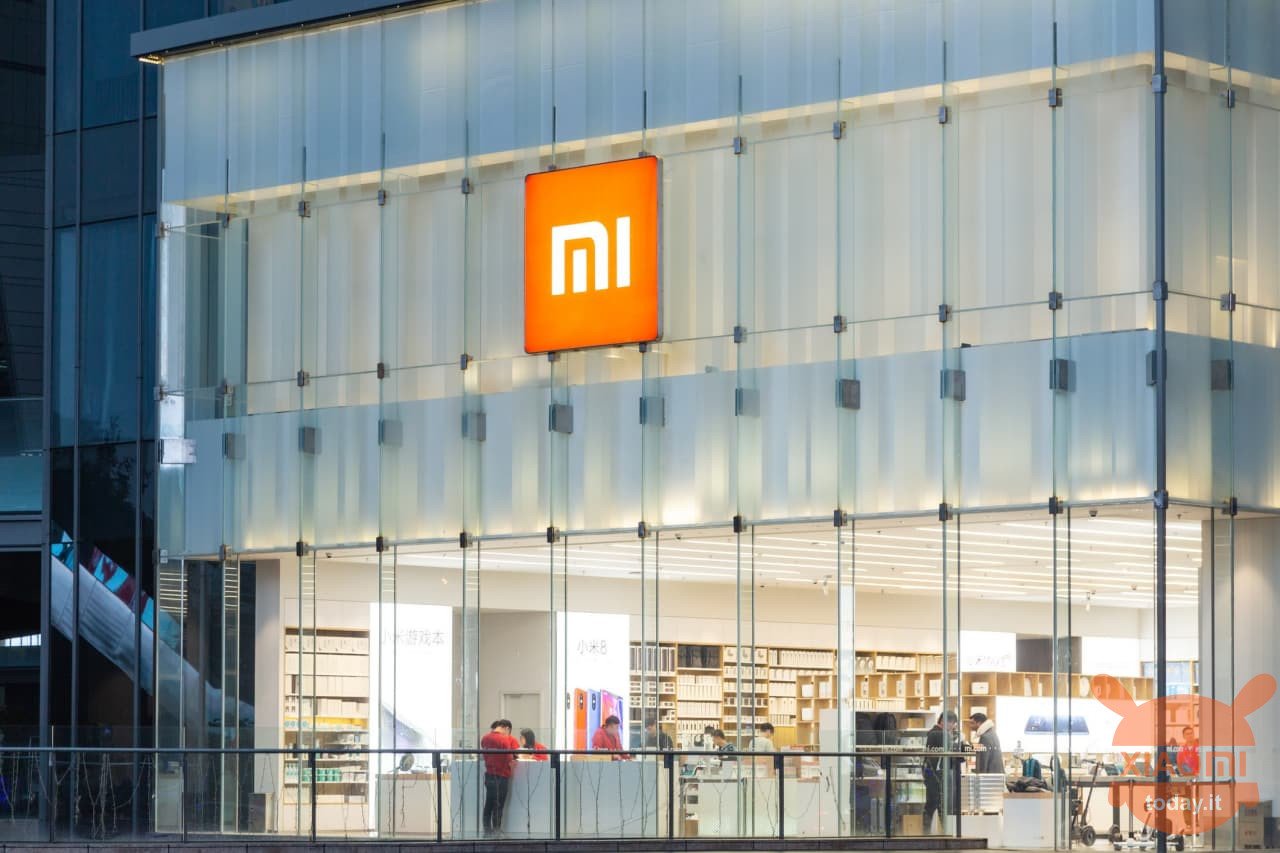
Xiaomi's road to the domain of the IoT (Internet of Things)
In 2010, the Chinese mobile phone market was saturated with well-known national and international brands, as well as numerous low-quality brands, competing in every price range. Xiaomi has decided to avoid direct competition by offering its first software product, MIUI, for free.
To entice consumers, Xiaomi has created an online community of smartphone users and encouraged tech enthusiasts to help test software versions and come up with ideas for improvements. Feedback has been integrated into free weekly software updates. This co-creation process with end users was unprecedented in the history of telephony and differentiated Xiaomi from other software providers. Users not only received free software they helped create, but they belonged to a tribe and felt their ideas mattered. Xiaomi had successfully created a way to quickly identify and produce whatever the community wanted, culminating in user-friendly software and brand advocates who would become early adopters of Xiaomi's smartphones.
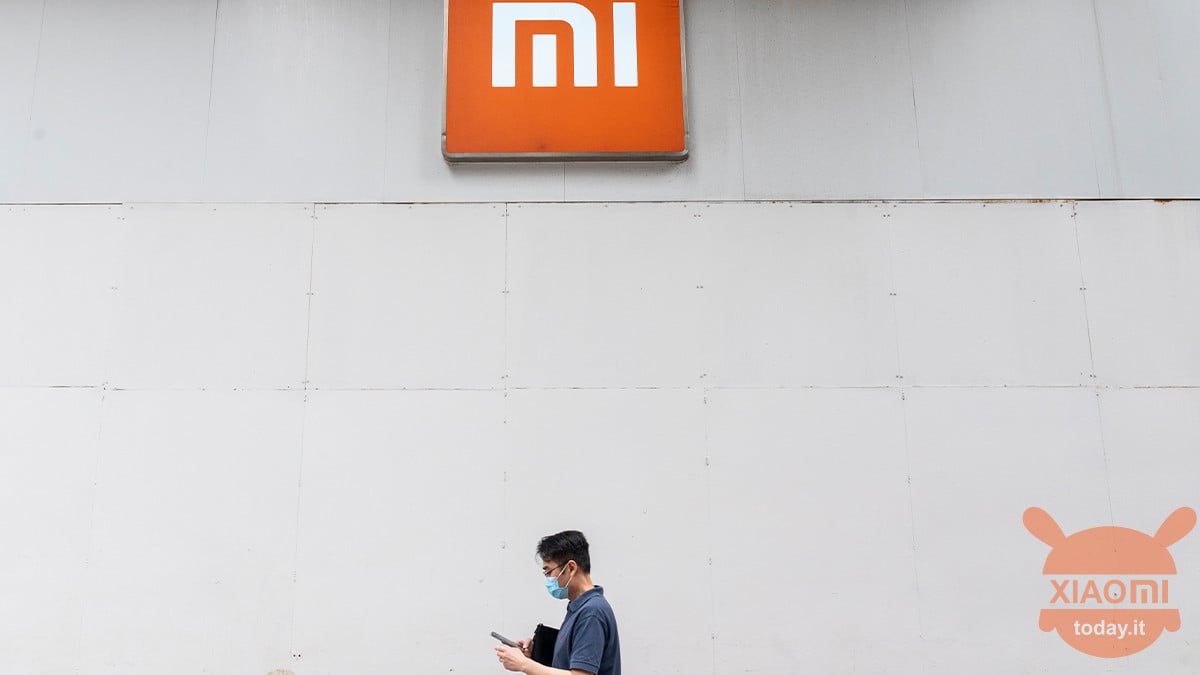
When Xiaomi released its first phone in 2011, its product release strategy further differentiated it from the competition and established a solid foundation for future products. It launched a narrow range of smartphones, produced limited batches that were sold online (mainly through its own platform) and shipped directly to buyers. In addition to releasing new generation phones every year, Xiaomi has released limited batches of updated phones on a weekly basis. Each phone was pre-installed with MI Community, a channel through which users were encouraged to submit feedback and vote on the updates they wanted to make.
Xiaomi has exploited the strength of this community to promote and finance the production of phones in crowdfunding. Community members, grateful to have been included in the development process, were informed about upcoming products before they were launched. Many were so excited to get these limited devices that they eagerly paid a booking fee to pre-order the phones. The demand was so high that these limited lots would run out in hours, often minutes, creating a sense of scarcity that fueled further excitement and demand. This ensured sales and dramatically reduced inventory, distribution and marketing costs. The cost savings have allowed Xiaomi to sell high-end smartphones at very low margins (less than 5%) and capture the attention of value-conscious consumers.
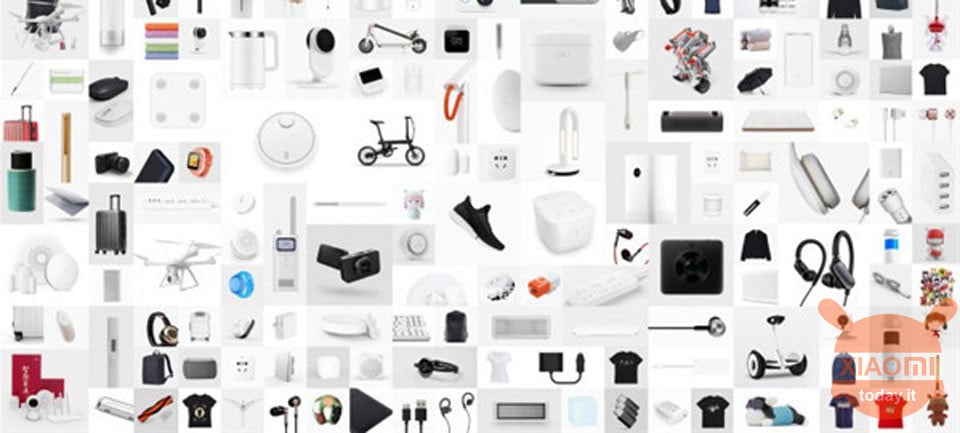
Despite the low self-imposed profit margins, Xiaomi's overall profits have been thriving thanks to the high volume of sales and low overhead costs. Furthermore, while the MIUI software was free and easily accessible to consumers of any Android device, Xiaomi received a healthy commission for the services purchased through MIUI (games, apps, music). This allowed Xiaomi to invest in new product lines and leverage its resources to create an offline retail infrastructure and expand the market reach internationally. With a strong brand and distribution system in place, it was well equipped to manufacture, market and distribute other technology-related goods and services to a wider range of consumers.
Xiaomi has capitalized on the IoT movement by redefining MIUI and its smartphones as a core component, similar to a remote control, that can connect and control a network of services and products within an ecosystem. Its ecosystem strategy was based on the premise that, with the benefits of seamless visual integration and harmony, the more Xiaomi IoT products consumers owned, the harder it would be for competitors to lure them away.
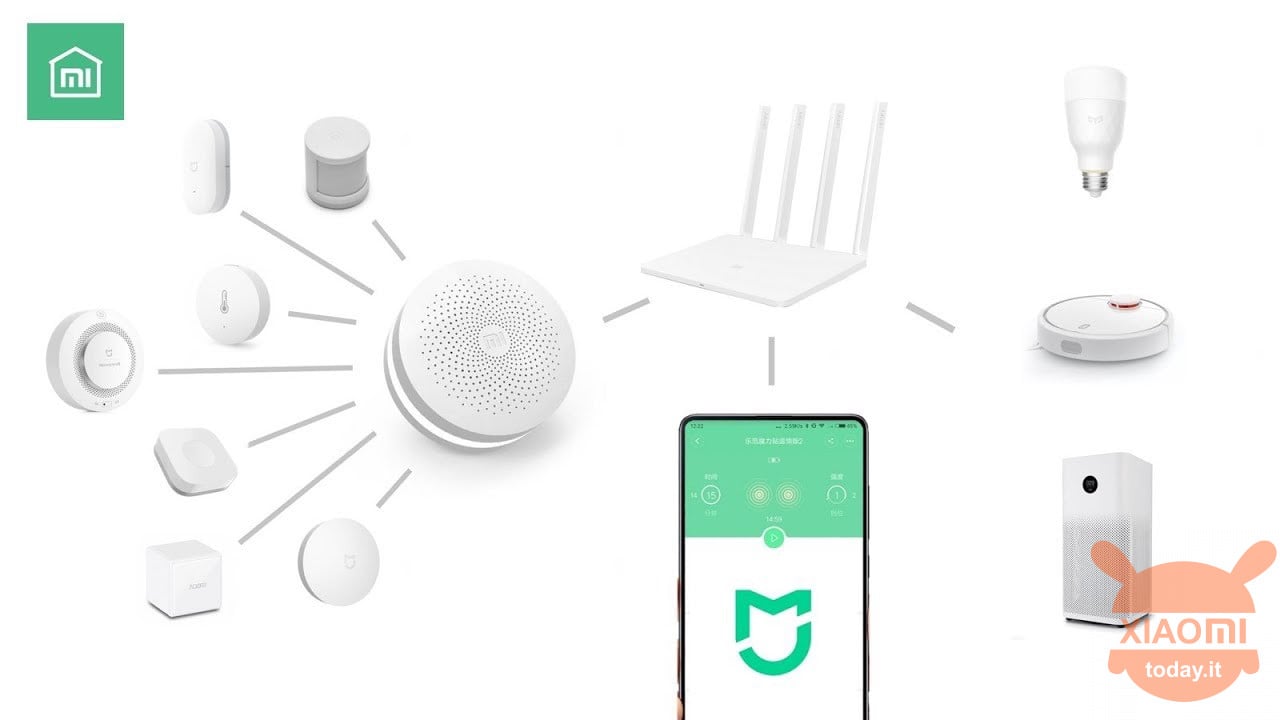
Xiaomi lacked the resources and skills to quickly occupy the IoT device market and create a sustainable competitive advantage. He chose to invest in other companies that had the knowledge and resources to develop devices that complement and add value to Xiaomi's vision of an ecosystem. To ensure the proper integration of partner companies into its ecosystem, Xiaomi's founders and executives used their social networks to select companies in line with Xiaomi's core values. Essentially, the selected companies had to be able to produce high-quality technology at a low price and also had to follow Xiaomi's quality specifications, IoT protocol, and design aesthetics to ensure a consistent brand image.
In addition to financial investments and brand equity, Xiaomi has offered significant value and incentives to partner companies to become its allies. Once allied, partner companies immediately benefited from Xiaomi's global supply chain, R&D, design, manufacturing and marketing resources. Additionally, they have been able to distribute their branded products through Xiaomi's online and offline global distribution channels, thereby gaining access to millions of existing customers.
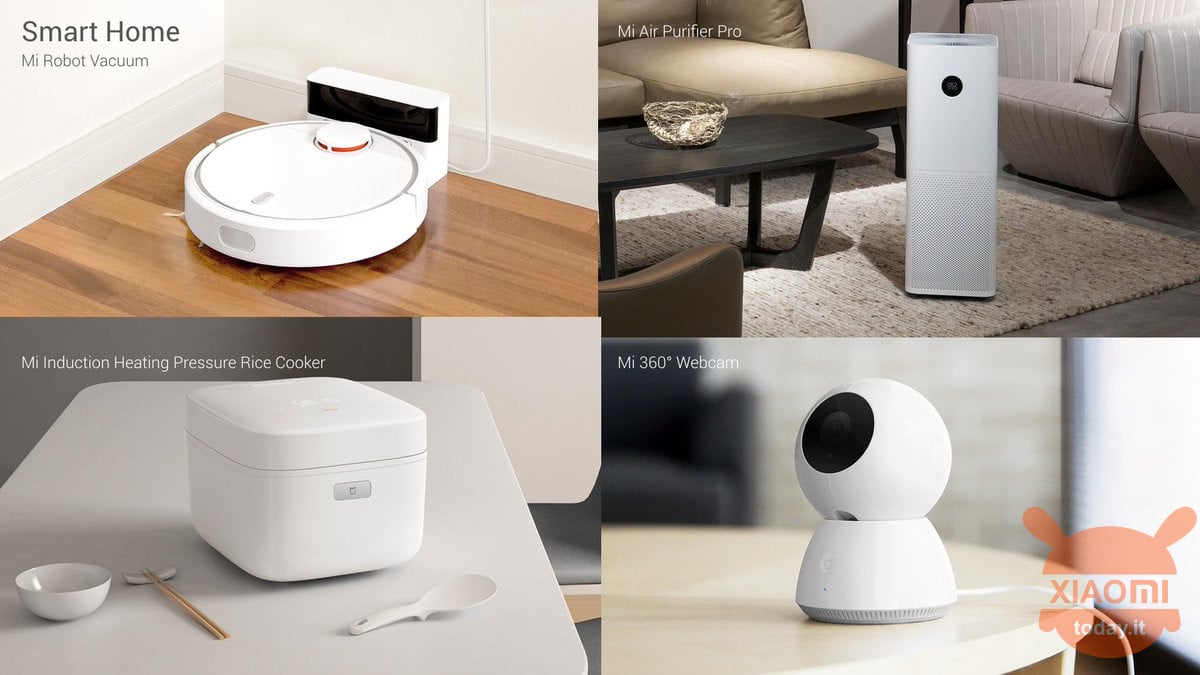
Xiaomi's decision to take advantage of personal networks guaranteed the quality of its ecosystem partners: only companies with exceptional specialization and high potential were enrolled. The larger the partner network has become, the more market capacity the company has acquired, placing it in a prime position to quickly meet consumer demand and prevent competition. As a shareholder, Xiaomi benefited from the profits made by its partner companies and received commissions from the products sold through its distribution channels. With this increase in revenue, Xiaomi was able to continue to impose a low margin policy to ensure that consumers receive higher value from Xiaomi than any other brand.
Xiaomi's approach to collaboration has allowed it to entice and block consumers and aggressively expand its IoT product portfolio. Today, with over 324,8 million smart devices connected to its platform (excluding smartphones and laptops), Xiaomi has established itself as the world's leading consumer IoT platform.




